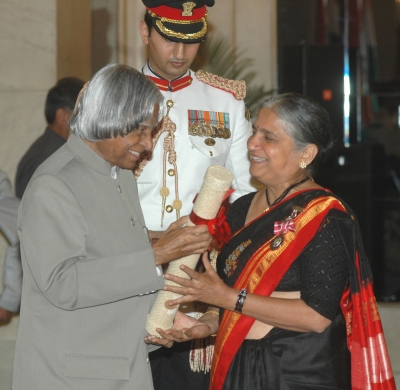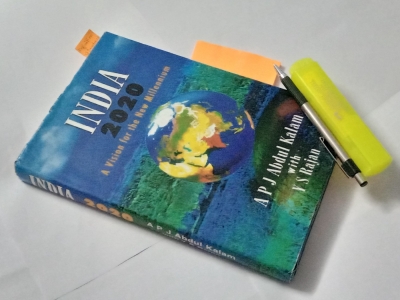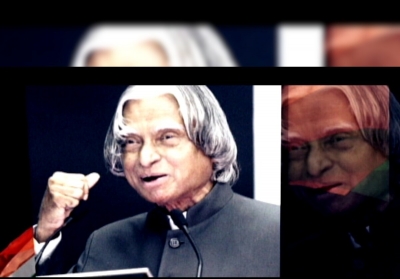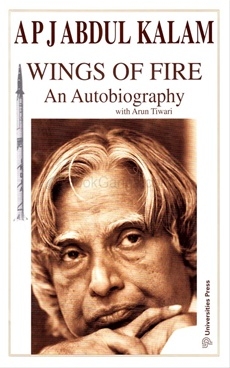
Dr. Kalam was the recipient of numerous national and international awards. Their list is really lengthy. Let us briefly look at how his own mother country venerated him.
He was honoured with Padma Bhushan in 1981 and Padma Vibhushan in 1990. He also received India’s highest honour Bharat Ratna for his research and defence related work, and Outlook magazine ranked him as Second Greatest Indian in 2012.
Coming to his own state, Tamil Nadu, his death anniversary is observed as Youth Renaissance Day there. Further, the Abdul Kalam Award is given every year on the occasion of Independence Day from 2015 onwards. This carries a certificate, a gold medal and a whopping fifty thousand rupees.
On his 84th birth anniversary, October 15, 2015, a postage stamp in Dr. Kalam’s memory was released by Prime Minister Narendra Modi at DRDO Bhawan in New Delhi.
After Dr. Kalam’s death, several educational and scientific institutions were renamed after him.
Picture Credit : Google





